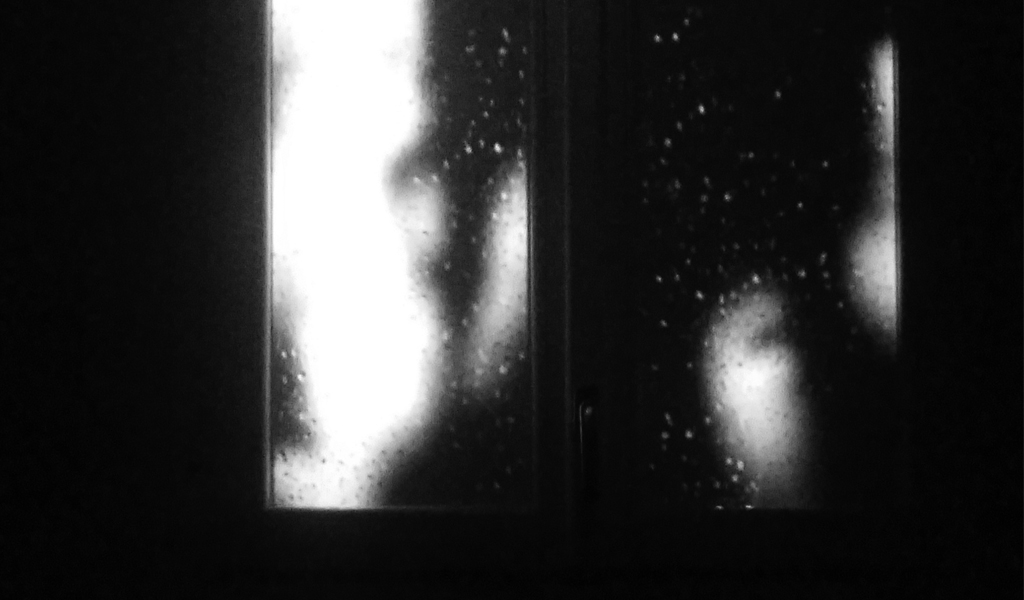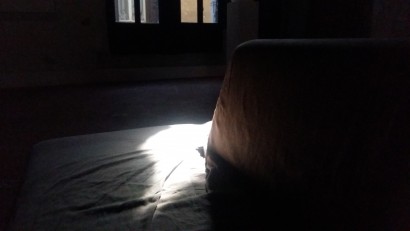In Tsang Kin-Wah’s video works, you can always see how he intricately uses the sound, light and space to transform the atmosphere of a particular site. Use of texts is also an important element in his works. For those who are familiar with Tsang Kin-Wah will know that he is very much inspired by Friedrich Nietzsche’s philosophy. Walking through “Tsang Kin-Wah: The Infinite Nothing” is just like going through a mental transfiguration of a human life, it stimulates thoughts and reflections over the meanings of life. Sometimes when I’m on duty at the site and there’re no people inside, I would fall into deep contemplation, and over a period of time, I start observing certain light or shadows that the works reflected.
 This is the first work you will encounter, depicting a state of flux that reminds you of the instability and uncertainty of human life.
This is the first work you will encounter, depicting a state of flux that reminds you of the instability and uncertainty of human life.
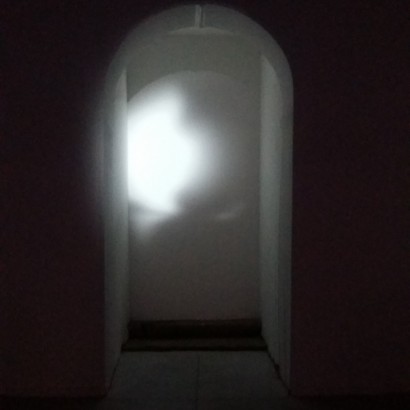 In one of the Nietzsche’s books, Thus Spoke Zarathustra, he described the process of human transformation, known as the Three Metamorphoses, from camel to lion and finally to child (which then leads to the possibility of being the overman). The image you see here allegorically expresses the evolutionary process of the human spirit.
In one of the Nietzsche’s books, Thus Spoke Zarathustra, he described the process of human transformation, known as the Three Metamorphoses, from camel to lion and finally to child (which then leads to the possibility of being the overman). The image you see here allegorically expresses the evolutionary process of the human spirit.
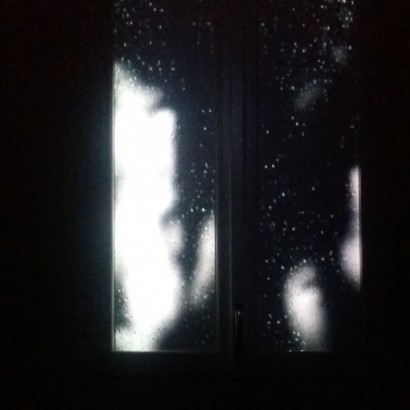 A room for meditation, where one search for a balance of quietness and confinement in life.
A room for meditation, where one search for a balance of quietness and confinement in life.
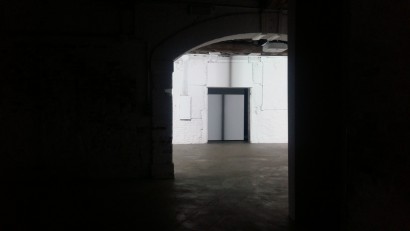 Where will this door lead you to? A new world or the same realm?
Where will this door lead you to? A new world or the same realm?
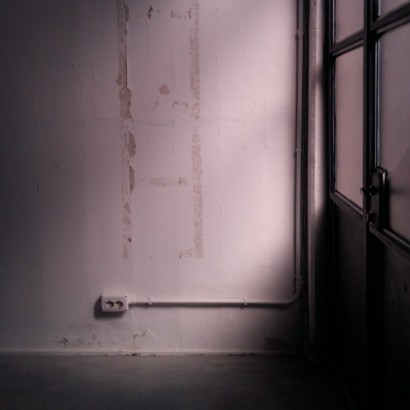 “Thoughts are the shadows of our feelings – always darker, emptier and simpler.”
“Thoughts are the shadows of our feelings – always darker, emptier and simpler.”
―Friedrich Nietzsche
Leaving the contemplative site to the “real world”, I keep chasing the light and shadows.

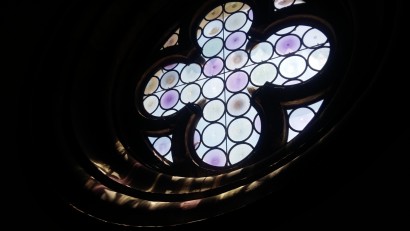 Late afternoon light shed on Palazzo Ducale
Late afternoon light shed on Palazzo Ducale
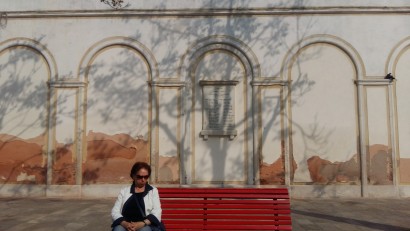 An old lady sitting besides the canal near Accademia
An old lady sitting besides the canal near Accademia
 Lawrence Weiner, Language + The Material Referred To
Lawrence Weiner, Language + The Material Referred To


